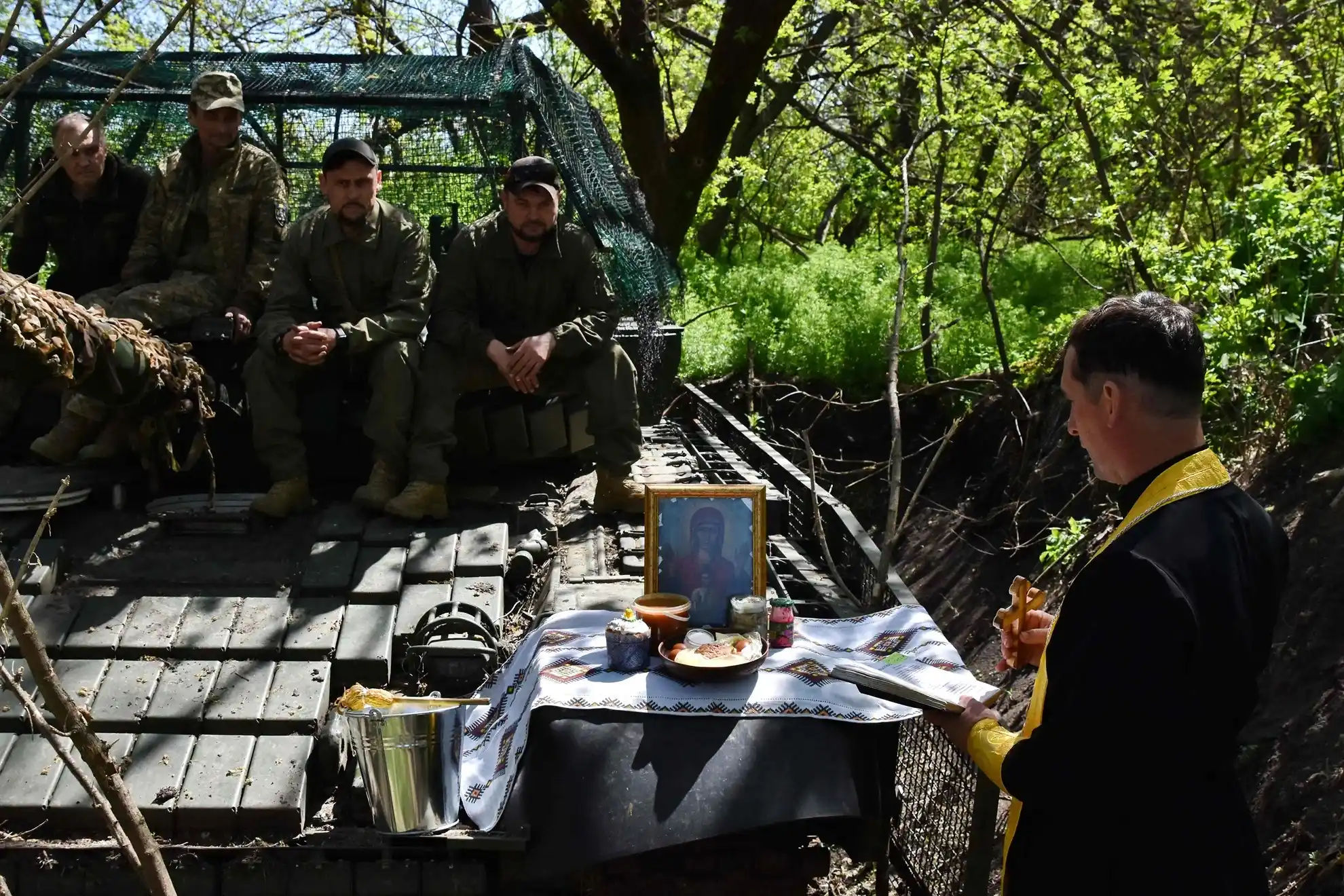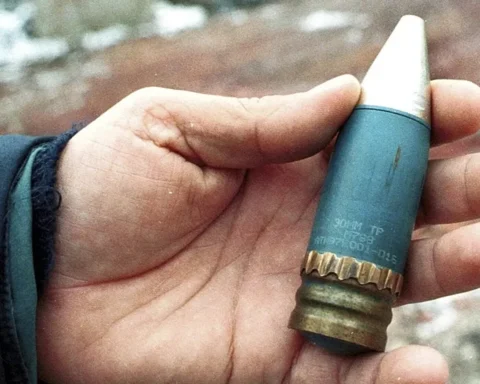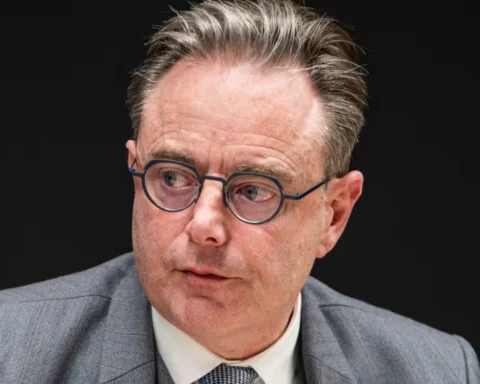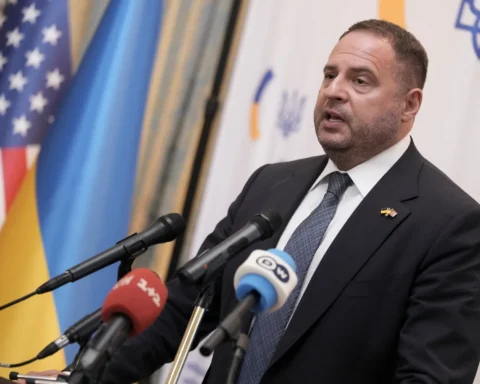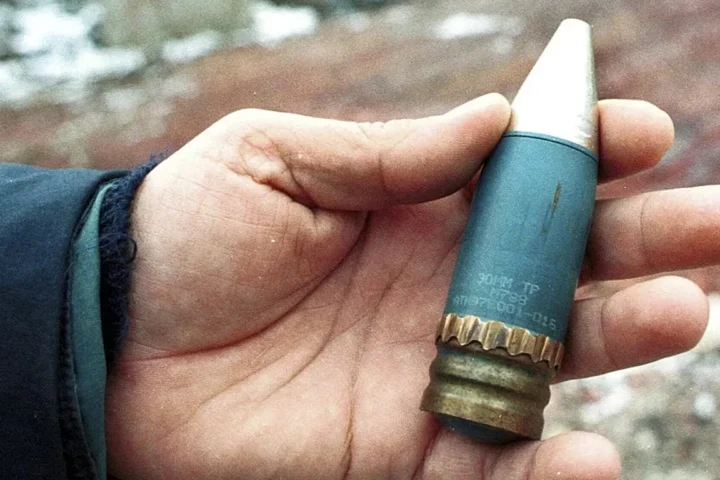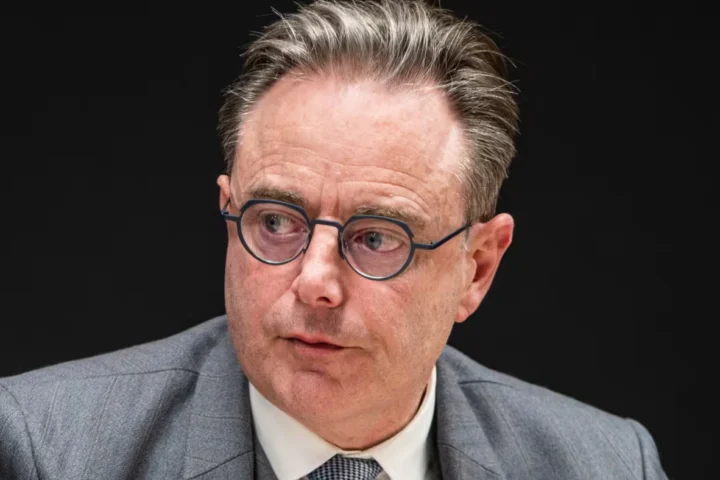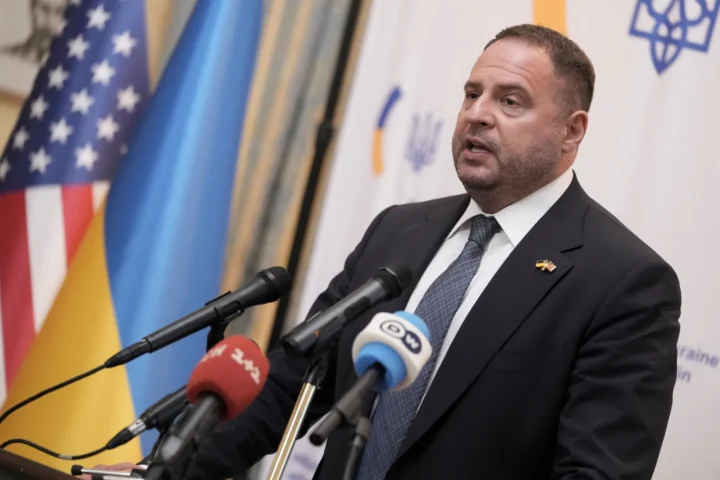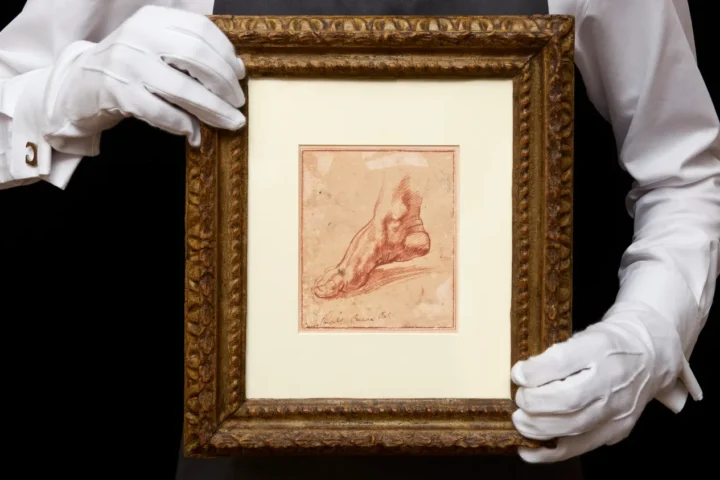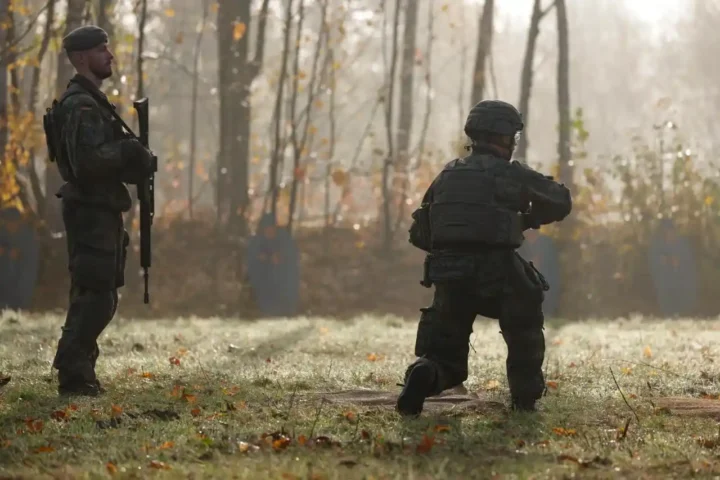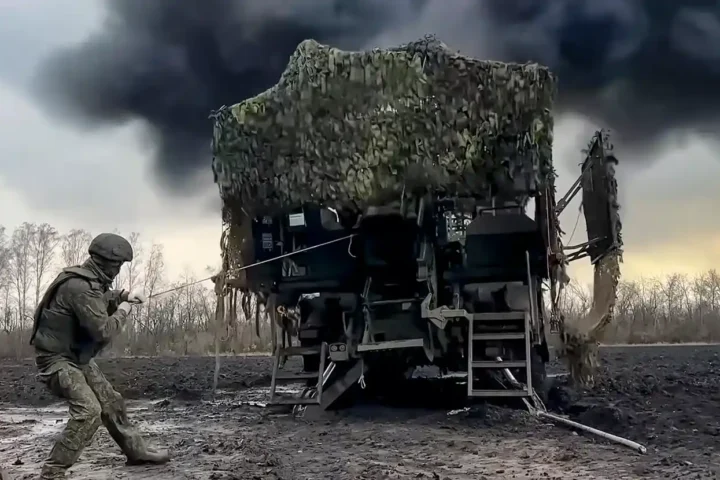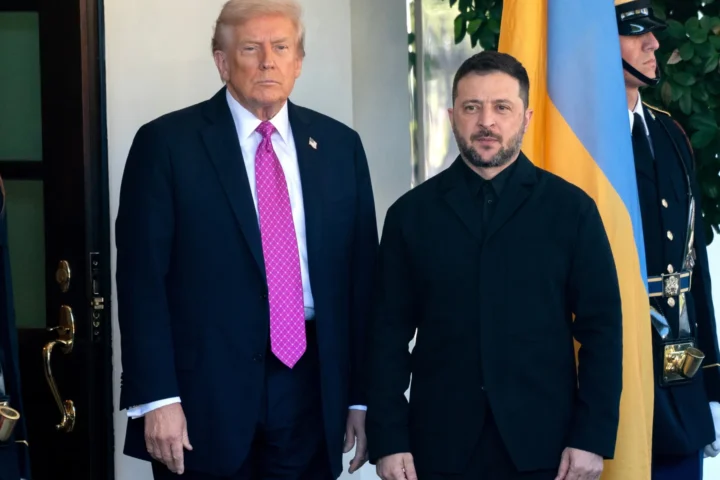Russia’s “Easter truce” on the Ukrainian front, declared by President Vladimir Putin, has sparked mixed reactions in Kyiv and the West. According to Ukrainian authorities, this temporary ceasefire is less about humanitarian concern and more about political maneuvering — a calculated gesture aimed at demonstrating goodwill to the Trump administration without offering any real concessions.
The 30-hour ceasefire began on Saturday at 6:00 p.m. and ended at midnight on Sunday. Throughout this period, both sides accused each other of violating the truce, although observers did note a drop in the intensity of fighting in several areas. The lull in combat coincided with one of the largest prisoner exchanges since the beginning of the war: 277 Ukrainian and 246 Russian soldiers were returned home.
Ceasefire as a Diplomatic Signal
Ukrainian President Volodymyr Zelensky sees Moscow’s move as a gesture directed primarily at Washington. In his view, the Kremlin is trying to appeal to Donald Trump, who, frustrated by the lack of progress in ending the war, is growing impatient. Over the weekend, Zelensky reiterated his support for a ceasefire — not just for 30 hours, but for 30 days.
“There were no air attacks on Ukraine today — a rare occurrence since the invasion began in February 2022. This shows that a ceasefire format is possible and can be sustained,” Zelensky said in his evening address to the nation. He proposed a month-long truce that would ban drone and missile strikes on civilian infrastructure. “If Russia refuses such a measure, it will be clear that they only want to prolong the war and destroy lives,” he added.
Kremlin spokesperson Dmitry Peskov later confirmed that the truce would not be extended beyond Sunday at midnight.
Washington Wants Peace, but Patience is Wearing Thin
The U.S. and European response to Putin’s truce announcement was cautious. A State Department spokesperson told Reuters, “We have taken note of President Putin’s announcement of a temporary Easter ceasefire. We continue to support a full and comprehensive ceasefire. As we assess the seriousness of the situation, we would welcome an extension beyond Sunday.”
On his Truth Social platform, U.S. President Donald Trump expressed hope that a peace deal between Kyiv and Moscow could be reached “this week.” Talks involving American, European, and Ukrainian representatives are scheduled to take place in London in the coming days, following a meeting held on April 17 in Paris. The participation of Russian representatives has not been officially confirmed.
Putin’s Easter initiative comes just as Trump began publicly warning that the U.S. could withdraw from the negotiation process if no agreement is reached soon. “If either side makes things too difficult,” the U.S. might decide to “step aside,” he said from the White House.
Secretary of State Marco Rubio echoed this sentiment, suggesting that Washington could “move on” from its commitments. The only voice of optimism came from Vice President J.D. Vance, who, speaking from Rome, said, “I don’t want to get ahead of anything, but we’re genuinely optimistic about the possibility of ending this very brutal war.”
Kyiv Under Pressure from Washington
It’s worth noting that Trump made ending the war one of the central promises of his foreign policy platform. During his campaign, he claimed he could stop the war “in 24 hours.” Yet three months into his term, he has little to show for it. His strategy has mainly involved pressuring Kyiv while attempting to restore cordial ties with Moscow. As a result, Ukraine was effectively compelled to accept the idea of a temporary 30-day ceasefire during a meeting in Saudi Arabia on March 11.
But Moscow rejected all of Kyiv’s core demands and made only one concession — a promise to halt strikes on energy infrastructure starting March 18. Even this has been repeatedly violated by both sides.
“A Gift to Trump” or a Diplomatic Trap?
In Ukraine, Putin’s gesture is viewed with deep skepticism. Many see it as a calculated move aimed at keeping the U.S. engaged in talks while portraying the Kremlin as a peace-seeking actor. Political analyst Volodymyr Fesenko even described the truce as “a symbolic gift to Trump on the third-month anniversary of his presidency.” On Facebook, he added, “Putin continues to stroke Trump’s ego while pretending to be open to a ceasefire.”
Initially doubtful, Ukrainian authorities ultimately agreed to mirror Russian actions during the truce. “We will respond to silence with silence, and our strikes will only be in self-defense,” Zelensky wrote on social media one hour after the truce ended. He also accused Russia of violating the agreement “2,935 times” on Sunday alone.
Russian officials made similar accusations throughout the weekend. Still, several independent military observers reported a noticeable drop in combat activity. A Ukrainian soldier stationed near Pokrovsk, speaking anonymously to Le Monde, said his area remained calm by Sunday evening. “The enemy is not taking any active steps. We have been ordered not to fire first,” he wrote.
The military analytics group Deepstate, which has close ties to Ukraine’s armed forces, also noted a relative calm in some parts of the front. “In certain areas, fighters are reporting unusual silence. Most are observing a decrease in shelling, assault operations, or drone activity,” they stated on Telegram. The channel also reported ongoing Russian troop movements, mine-clearing operations, and fortification efforts in quiet zones.
A Humanitarian Pause or Strategic Theater?
The Russian president’s humanitarian justification for the ceasefire coincided with Orthodox Easter, celebrated in both predominantly Orthodox countries. This is not the first time Putin has used a religious holiday to announce a ceasefire — a similar truce during Orthodox Christmas in January 2023 also failed to hold.
This weekend also saw one of the most significant prisoner exchanges of the war, with hundreds of soldiers returning home on both sides. Whether planned as a diplomatic gesture or not, it allowed Moscow to reinforce the image of a peace-seeking player — particularly in front of an increasingly impatient Trump administration.
Putin’s Easter truce appears to be more of a political move than a true humanitarian gesture — a carefully timed signal to keep the U.S. engaged in the negotiation process and to bolster Moscow’s image as a potential peace broker. Yet behind these symbolic overtures, the Kremlin continues to pursue a strategy of attrition and delay, hoping to secure a favorable outcome. Without genuine concessions from both sides, these temporary truces will remain little more than moves in a long and dangerous geopolitical chess match.
This article was prepared based on materials published by Le Monde. The author does not claim authorship of the original text but presents their interpretation of the content for informational purposes.
The original article can be found at the following link: Le Monde.
All rights to the original text belong to Le Monde.


